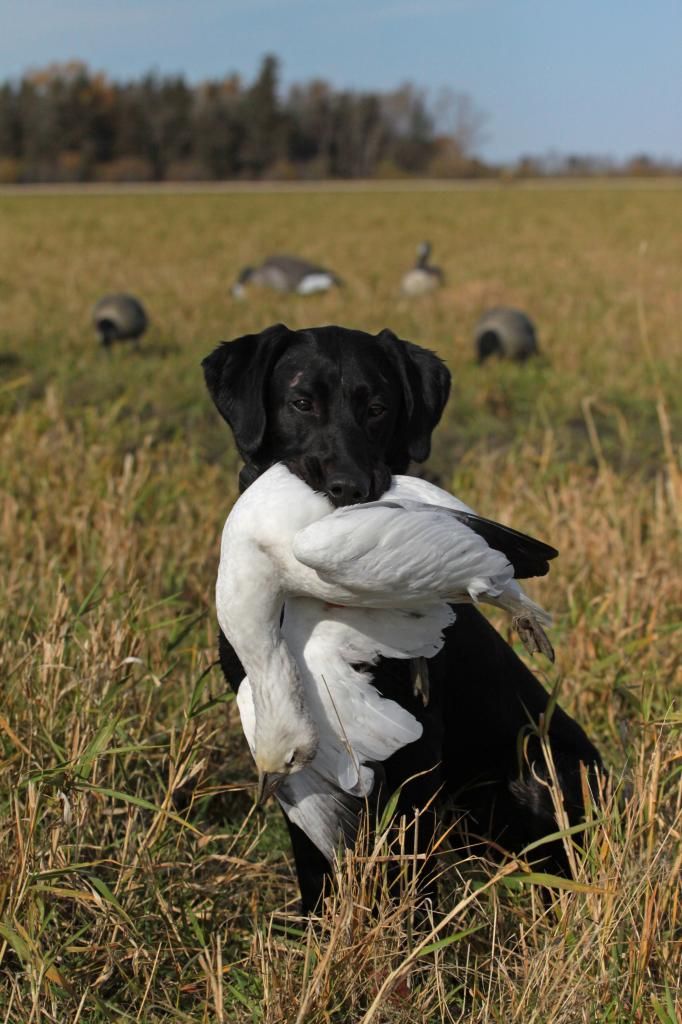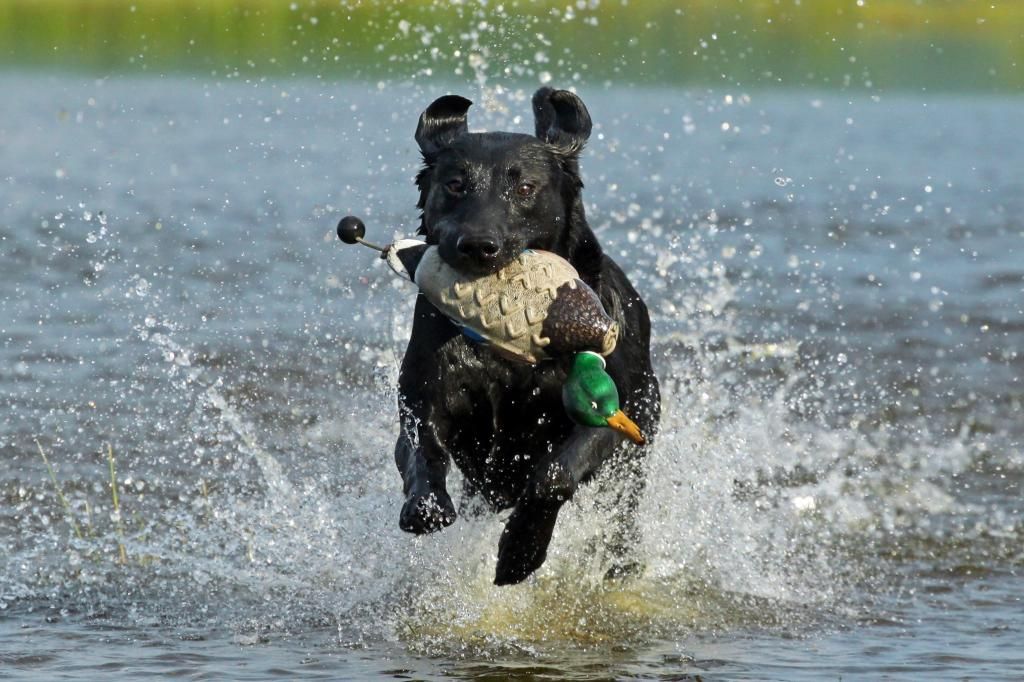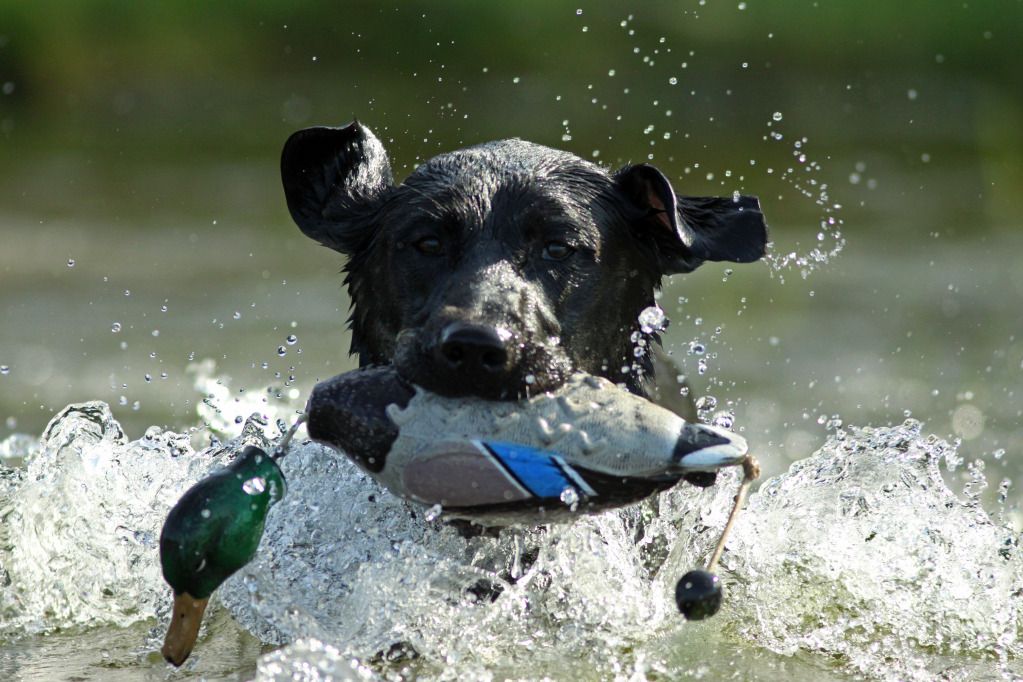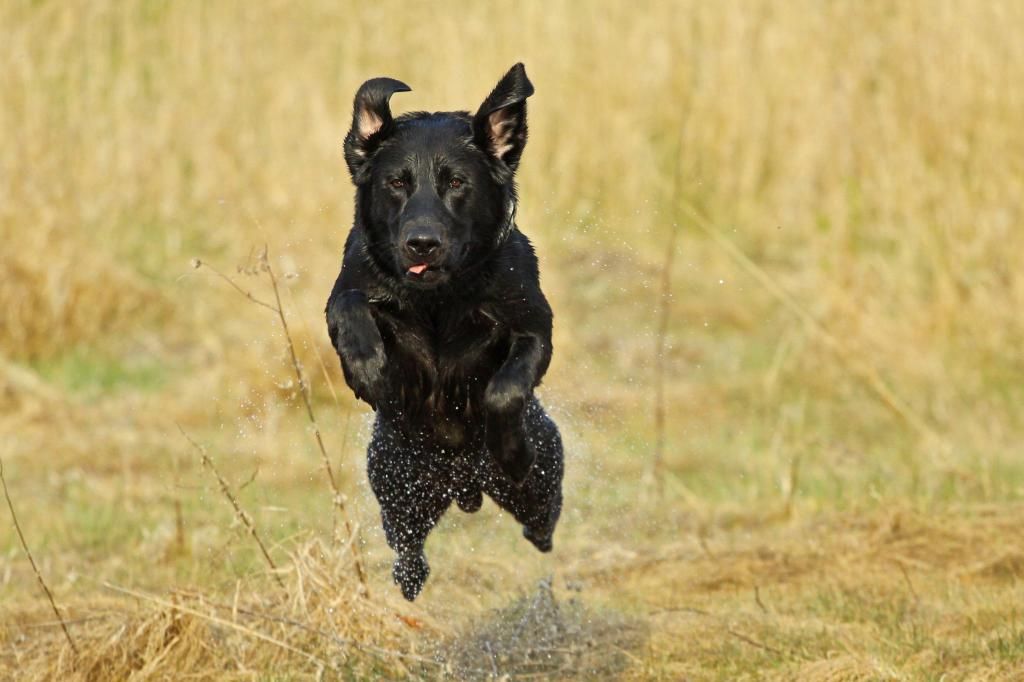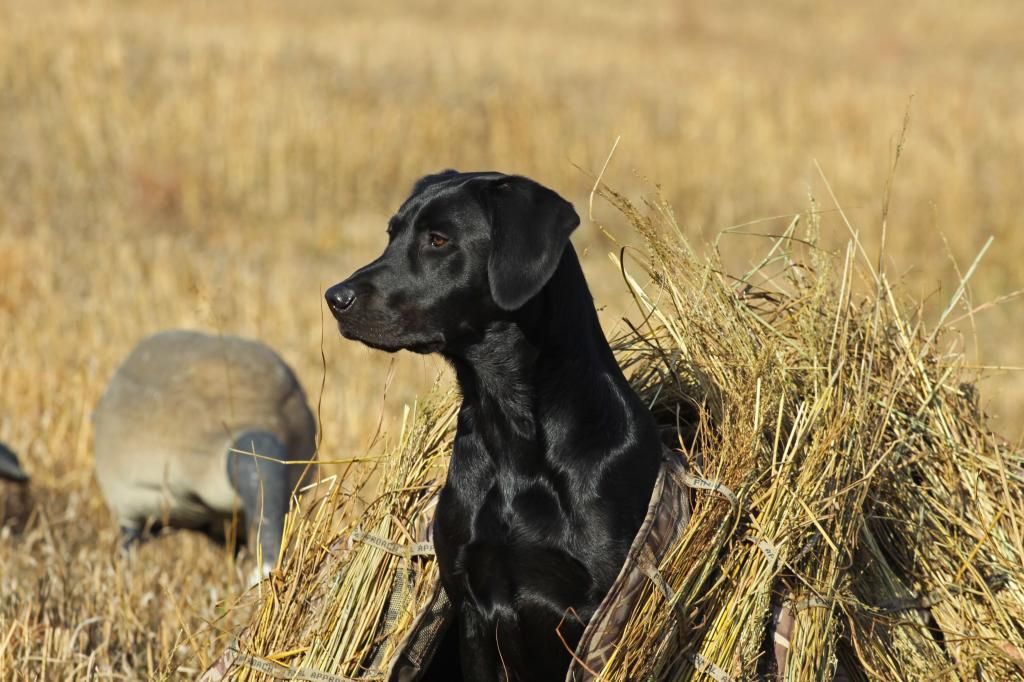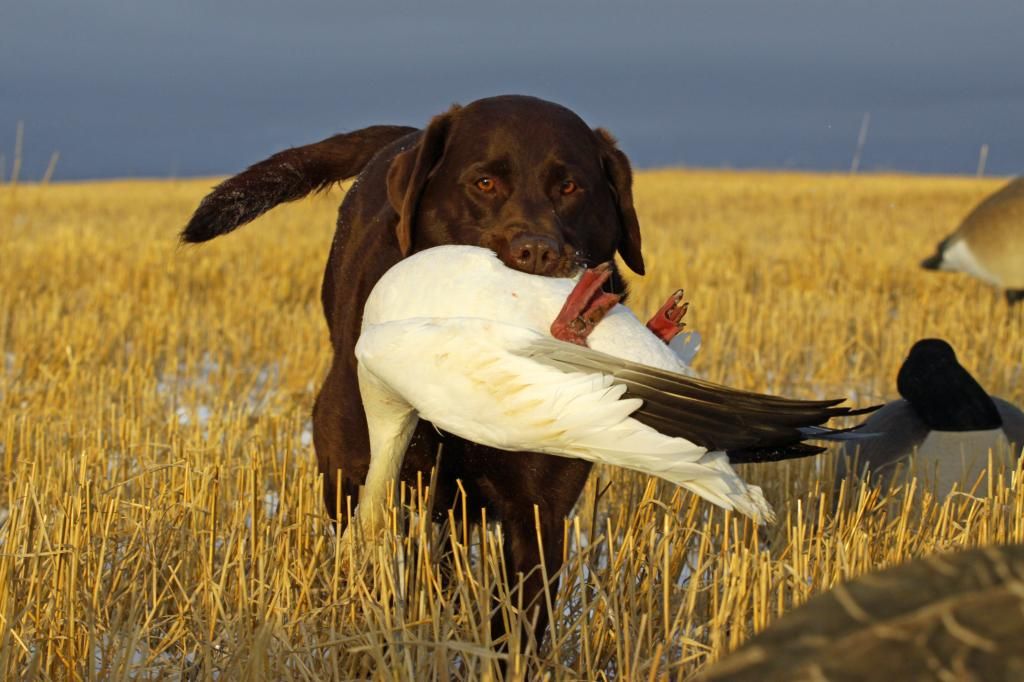Just got a new Canon Rebel t3i and wanting to be able to use it while hunting and training the dogs. I am looking at getting a telephoto lens, but will be far in the future before I can do that more than likely. What are some tips to help a newbie to the canine and wildlife photography world out. Tips, tricks, settings, or cheap camera accessories to help me improve.

Let's talk dog pictures
rotcsig443
Discussion starter
139 posts
·
Joined 2013
- Add to quote Only show this user
Just got a new Canon Rebel t3i and wanting to be able to use it while hunting and training the dogs. I am looking at getting a telephoto lens, but will be far in the future before I can do that more than likely. What are some tips to help a newbie to the canine and wildlife photography world out. Tips, tricks, settings, or cheap camera accessories to help me improve.
519 posts
·
Joined 2004
My favourite lens is the 70-200. It will be your best friend, both for capturing action shots and portraits. Invest in good glass.
2,577 posts
·
Joined 2011
I agree. Invest in a good quality lens.
The same goes if you are looking at our solar system.
The same goes if you are looking at our solar system.
1,562 posts
·
Joined 2008
Good Glass, the 70-200L F/4 can be found used for 400-500, no need to drop $2000.00 to start with for the 2.8 IS for outdoor use. And learn to use your camera in the manual modes, I use the AV mode most of the time. If your using the camera in the Auto mode it isn't much different than a point and shoot. Youtube has some great info free for the taking.. Have fun..
rotcsig443
Discussion starter
139 posts
·
Joined 2013
This is the lense I am currently looking at purchasing. http://www.amazon.com/Canon-EF-S-55-250mm-F4-5-6-Cameras/dp/B00EFILVQU But like I said it will probably be a bit before being financially able to get another lense of any kind (vet school budgets seem to stay pretty tight  ) I don't really know much about any of this, so just looking for any bit of tips or tricks that y'all have seen that really seems to help with picture quality. While shooting action shot, I shoot in the "action/sports" mode, and while shooting still photos I am just using the "auto" for normal or the "no flash" setting for when the picture is in a dark setting and a flash cannot be used.
) I don't really know much about any of this, so just looking for any bit of tips or tricks that y'all have seen that really seems to help with picture quality. While shooting action shot, I shoot in the "action/sports" mode, and while shooting still photos I am just using the "auto" for normal or the "no flash" setting for when the picture is in a dark setting and a flash cannot be used.
1,526 posts
·
Joined 2013
Aye Mate,
I would echo Todd's advice and say get intimately familiar with the various settings and functions of your camera. The more fluent and comfortable ye become with them, the easier things will come. Be cognizant of your light source and how it might effect your overall photo by casting unwanted shadows, not illuminating or overexposing the subject. Learn to shoot in the manual mode and how manipulation of shutter speed and aperture will effect your final image.
Don't be afraid to experiment and time spent shooting photos will improve your work. Look at the work of others and determine what it is that makes their photos appealing to you, then try to emulate them / incorporate those qualities into your own work.
Irishwhistler
I would echo Todd's advice and say get intimately familiar with the various settings and functions of your camera. The more fluent and comfortable ye become with them, the easier things will come. Be cognizant of your light source and how it might effect your overall photo by casting unwanted shadows, not illuminating or overexposing the subject. Learn to shoot in the manual mode and how manipulation of shutter speed and aperture will effect your final image.
Don't be afraid to experiment and time spent shooting photos will improve your work. Look at the work of others and determine what it is that makes their photos appealing to you, then try to emulate them / incorporate those qualities into your own work.
Irishwhistler
rotcsig443
Discussion starter
139 posts
·
Joined 2013
What would you say is the most trusted place to look for a used lense of this type?
rotcsig443
Discussion starter
139 posts
·
Joined 2013
320 posts
·
Joined 2010
The best advice I could give you concerning finished product (editing) is to learn when the light is right to shoot, and waste little time shooting when it isn't. With a few exceptions, my best images come when the light is appealing. Early or late, fog, diffused sunlight, can all greatly increase the quality of your capture. A great capture in boring light is still a great capture, but a great capture in an interesting light can be art. Your dog shots are sharp and well composed, but you probably missed the best light by a couple hours. You caught that harsh/contrasty light. Often times, the best light is when you have to decide, shotgun or camera!
First light, front lit, basically straight out of camera.....
![Image]()
First light, back lit, basically straight out of camera with shadows brought up a touch
![Image]()
Early morning, direct lit, filtered sun, basically straight out of camera
![Image]()
Fog/diffused sun with some minor processing..... and a little luck
![Image]()
First light, front lit, basically straight out of camera.....

First light, back lit, basically straight out of camera with shadows brought up a touch

Early morning, direct lit, filtered sun, basically straight out of camera

Fog/diffused sun with some minor processing..... and a little luck

Attachments
-
67.1 KB Views: 157
154 posts
·
Joined 2009
I'm looking for some new (used) glass also.
With regards to the lense suggested - how does the lack of image stabilization affect images taken while hand held (not on tripod)?
I've managed to get lots of great shots while training and testing and need to figure out how to get those black dogs' faces to have more definition so you can see their eyes and a bit more detail.
With regards to the lense suggested - how does the lack of image stabilization affect images taken while hand held (not on tripod)?
I've managed to get lots of great shots while training and testing and need to figure out how to get those black dogs' faces to have more definition so you can see their eyes and a bit more detail.
320 posts
·
Joined 2010
In the 70-200 range, I don't find VR or IS to be that big of a deal in regards to shooting action. with the shorter focal length and ability to zoom, framing and tracking is not as hard. Obviously it helps at slower shutter speeds and still shots. I'm blown away at how effective the most recent VR (Nikon) is in the 70-200 f/2.8 at slow shutter speed stills.
In the longer lenses (primes especially), the VR/IS, (IMHO), makes a substantial difference, in that it stabilizes the image in the viewfinder, which in turn makes composition/tracking much easier. This is especially true when handholding the bigger, heavier f/2.8 and f/4 primes where you can't zoom, and the image is often times filling up more of the frame. I always use the VR on my 300 f/2.8 when shooting handheld, regardless of shutter speed.
As for black dogs, I swore my next one would be yellow!
In the longer lenses (primes especially), the VR/IS, (IMHO), makes a substantial difference, in that it stabilizes the image in the viewfinder, which in turn makes composition/tracking much easier. This is especially true when handholding the bigger, heavier f/2.8 and f/4 primes where you can't zoom, and the image is often times filling up more of the frame. I always use the VR on my 300 f/2.8 when shooting handheld, regardless of shutter speed.
As for black dogs, I swore my next one would be yellow!
117 posts
·
Joined 2014
one thing i suggest is go to the local art galery, craft shop or 4H chapter and see if there are any intro to photography classes/seminars that will be coming up. alot of time places like that will do things to promote photography and what not. more people then you think attend and there is always a wealth of information to take in.
519 posts
·
Joined 2004
I use VR on all my lenses that have it. I have found myself just using the 70-200 lately for just about everything. The subject "jumps" into the frame and it is a super fast lens for action shots, but still getting a nice depth of field. My avatar was taken with a 70-200.
320 posts
·
Joined 2010
VR=Vibration Reduction. It is the Nikon version of Canon's IS.
AF=autofocus
AF=autofocus
22 posts
·
Joined 2013
Auto focus.... Well that'll make you feel dumb..
Ok well i think Im brushed up on my camera slang for now. Thanks for the help!
Ok well i think Im brushed up on my camera slang for now. Thanks for the help!
1 post
·
Joined 2014
Also don't be afraid to use a rental lens when you need it. Gives you a chance to try before you buy or have the really good glass for that special hunt.
567 posts
·
Joined 2010
Todd Caswell those are incredible pictures. You can actually find some good deals on craigslist if you know what you're looking for. I bought a new nikon d7000 body from B&H and a used nikon 17-55 f2.8 from a photographer on craigslist last year at a really good price. I need something larger for hunting and dogs now though. I am going to take a couple basic photography classes and start playing in adobe lightroom too.
4,502 posts
·
Joined 2010
415 posts
·
Joined 2008
GREAT pic Mary Lynn ;-)View attachment 21532
I took this w/ my Cannon Power Shot A810 HD 5X Optical zoom. Nothing like Todd's pics but good enough for enjoyment. I use the pics to make a calendar for the new year at Vistaprint.So all year I get to enjoy them.

3,949 posts
·
Joined 2003
Every time I see excellent photos (in threads like this), the urge to move up to a better lens surfaces. I end up searching for decent prices on a lens upgrade. Then reality sets in. My Website is where all the "keeper" photos are entered.
Most photos are primarily in the moment situations. The camera needs to be in action rather quickly and many times in less than favorable conditions. It must fit in a small Pelican case. The case was a more recent addition and the result of a dunking in the heat of a moment.
Therefore, the compromise has been to not taking high quality photos. However, I manage to capture images that compliment hunting and training journal entries. There are plenty of "keepers".
I'm using a Canon xTi with two lenses - Canon 28-135 mm and a Tamron 17-50 mm. Neither are very pricey.....which is a way of saying "cheap". I did buy a Canon 55-250 mm, but have not used it for a few years. My old Paint Shop Pro Photo X2 program gets a regular workout.
The problem (for me) is I could very easily become swept up in photography as an exciting new hobby. However, I'm 74 years and just don't have the time to commit to high end photography. There's too much family, dog training, hunting and fishing to do.
Here's a link to some of my favorite photos entered into a rotating screen saver program. Some of the photos were taken many years ago with a tiny $50 D-Link digital camera. It's all about the memories.
KwickLabs Screen Savers (link)
Most photos are primarily in the moment situations. The camera needs to be in action rather quickly and many times in less than favorable conditions. It must fit in a small Pelican case. The case was a more recent addition and the result of a dunking in the heat of a moment.
Therefore, the compromise has been to not taking high quality photos. However, I manage to capture images that compliment hunting and training journal entries. There are plenty of "keepers".
I'm using a Canon xTi with two lenses - Canon 28-135 mm and a Tamron 17-50 mm. Neither are very pricey.....which is a way of saying "cheap". I did buy a Canon 55-250 mm, but have not used it for a few years. My old Paint Shop Pro Photo X2 program gets a regular workout.
The problem (for me) is I could very easily become swept up in photography as an exciting new hobby. However, I'm 74 years and just don't have the time to commit to high end photography. There's too much family, dog training, hunting and fishing to do.
Here's a link to some of my favorite photos entered into a rotating screen saver program. Some of the photos were taken many years ago with a tiny $50 D-Link digital camera. It's all about the memories.
KwickLabs Screen Savers (link)
320 posts
·
Joined 2010
Jim those are some great pictures that I'm sure bring back a lot of memories! I think the important thing to remember about cameras, is to just take one! I've taken thousands of images while hunting with high $$$ equipment, but often the ones that bring back the most memories are nothing more than snapshots taken on a whim with whatever I had.
Sure don't have any problems bringing back memories with this shot of my Old Chesapeake taken many years ago with a disposable camera! I think it was zero that morning! They say time tends to make us "embellish" the accomplishments of past retrievers, but I have photographic proof..... this ole gal could walk on the water!
![Image]()
Sure don't have any problems bringing back memories with this shot of my Old Chesapeake taken many years ago with a disposable camera! I think it was zero that morning! They say time tends to make us "embellish" the accomplishments of past retrievers, but I have photographic proof..... this ole gal could walk on the water!

435 posts
·
Joined 2008
Know what? You can have the most expensive camera body and camera lens money can buy, but if your composition and lighting is crap, so goes your image. Learn these two very important photographic concepts and you will be able to attain award-winning images using a $200 camera.
696 posts
·
Joined 2010
Care to elaborate? I love taking pictures, but would love to learn how to get better with my current cameras than spending thousands on one for a hobby I have. I could buy so much dog stuff with $1000....Know what? You can have the most expensive camera body and camera lens money can buy, but if your composition and lighting is crap, so goes your image. Learn these two very important photographic concepts and you will be able to attain award-winning images using a $200 camera.
7,014 posts
·
Joined 2011
Well, I think I'll weigh in here also. To look for used equipment from a reliable source I always check KEH.com in Atlanta (they have been in business for something like 30 yrs and give a 6 month warranty) or Roberts Imaging in Indianapolis for both new and used. Always call the folks when looking for used as the inventory changes daily. As to lens choice, Canon's 70-200 family consists of 4 (actually 5) lenses, all optically very nice. These lenses are the 70-200 F:4 and F:4 IS, and the 70-200 F:2.8 and F:2.8 IS MkII (the 5th lens is the original F:2.8 IS). IF, and only IF you only plan to use the lens under nearly ideal lighting conditions, there is very little reason to spend the extra money to get one of the IS versions or the faster (F:2.8 IS) members of the family. I bet that you will eventually want to use the lens when the light is somewhat dim (just before dawn, just at dusk, for instance) so, I would strongly recommend that you look either for the original 70-200 F:2.8 IS (which will be used) or a used F:2.8 IS MkII (I just picked up a very nice used MkII from Robert's Imaging for a bit under $1,700.00). Now, I know that sounds like a lot of scratch (or at least it does to me) but good glass is an investment, and a good, pro built lens will last you for many years and actually hold it's value (especially if purchased used). If you just can't justify one of the IS F:2.8's, at least try to find a used IS F:4. You should be aware that Image Stabilization only counters blur caused by camera shake, not subject movement, but in telephoto lenses, camera shake is a major cause of image degradation. To counter motion blur caused by subject movement, you need as high a shutterspeed as the light allows and THAT is where the "faster" (lower F:#) lenses come in. An F:2.8 lens allows the passage of twice the light as an F:4 lens, thus allowing twice the shutter speed. Should you purchase any of the 70-200 L series lenses, it should last you through this camera body and at least the next one, which is why I suggest getting the very best one you can possibly afford, even if you have to wait a bit. Watch the used departments. Deals change all the time.
I concur with those advising you to GET OFF P or the "green box" and learn to use either Tv (you set the shutter speed and the camera chooses the appropriate aperture) or Av (you choose the aperture and the camera chooses the appropriate shutterspeed). Personally, I almost always use Av as I generally want the highest possible shutterspeed for the light conditions, so I set the aperture at wide open (assuring the max amount of light gets through the lens) and allow the shutterspeed to "float".
As far as software, I strongly recommend Adobe Lightroom (I would also recommend using the creative cloud version). FIRST, (and this is VERY important) before you even sign up for Lightroom check out Tim Grey's introduction to lightroom on You Tube. It's about 2hrs long, but WATCH THE WHOLE THING! It will pay HUGE dividends. Here is the link: https://www.youtube.com/watch?v=QSwkDC3q7uk
Hope this helped some.
I concur with those advising you to GET OFF P or the "green box" and learn to use either Tv (you set the shutter speed and the camera chooses the appropriate aperture) or Av (you choose the aperture and the camera chooses the appropriate shutterspeed). Personally, I almost always use Av as I generally want the highest possible shutterspeed for the light conditions, so I set the aperture at wide open (assuring the max amount of light gets through the lens) and allow the shutterspeed to "float".
As far as software, I strongly recommend Adobe Lightroom (I would also recommend using the creative cloud version). FIRST, (and this is VERY important) before you even sign up for Lightroom check out Tim Grey's introduction to lightroom on You Tube. It's about 2hrs long, but WATCH THE WHOLE THING! It will pay HUGE dividends. Here is the link: https://www.youtube.com/watch?v=QSwkDC3q7uk
Hope this helped some.
1,562 posts
·
Joined 2008
Yes it works fine, fast focus, but it's really way to short to be considered a wildlife lens, if your buying it for that get yourself a guile suit and lots of patients. I do like it as a hunting lens alot, birds coming in and for the dog work.
7,014 posts
·
Joined 2011
The 70-200 really is a bit short for most wildlife unless you are shooting under pretty special conditions. The two dog photos I posted were shot using a 300mm lens, so 50% longer than the 200 max of the 70-200, but probably could have been shot using the 70-200, although I would have had to be IN the pond. Most of the wildlife photos on my website were shot with a 600, sometimes with a 1.4X extender, but that lens is too heavy and cumbersome to use hand held. A 300 or 400 would probably be the ideal lens for something like a duck in flight. I have used the 300 for vultures and hawks in flight and it works great. The 300 F:4 IS L is one of Canon's real bargains, especially used. I have seen them "previously owned" for well under $1000.00. A great lens, although not as versatile as a 70-200 F:2.8 IS with a 1.4X tele-extender. As an aside, if you want to get some feel for magnification, the images of dogs from a hunt test on my site were taken with the both the 300 and the 600, depending on how the test was arranged and where I was able to position myself (starting with the black dog with the grouse a string of 4 with the 600, then the fox red through the toller with the duck, the 300, and then last 4 the 600 again). People frequently realize how little reach one actually has when photographing something as small as even a large bird like a duck.
1,562 posts
·
Joined 2008
I had 2 differen't copies of the 300 f/4 IS and wasn't happy with either one of them, but that's the beauty of buying used typicaly you won't loose any money in fact I made some on both of them when I resold, I didn't feel either of them were very fast focusing and with the prime I was always in the wrong spot to frame something the way I wanted to. I agree a 70-200 with a 1.4X does do a decient job even works pretty well on my F/4, does slow down the focus speed and turns it into a F5.6. I have the new version of the 100-400 ordered hopefully that will fill my needs for a wildlifee/dog/hunting lens, I know two professional photographers that have them and can't find a flaw in either of them yet..
Here are a few BIF with the 70-200 F/4 and I don't believe any of them were with a 1.4X attached.
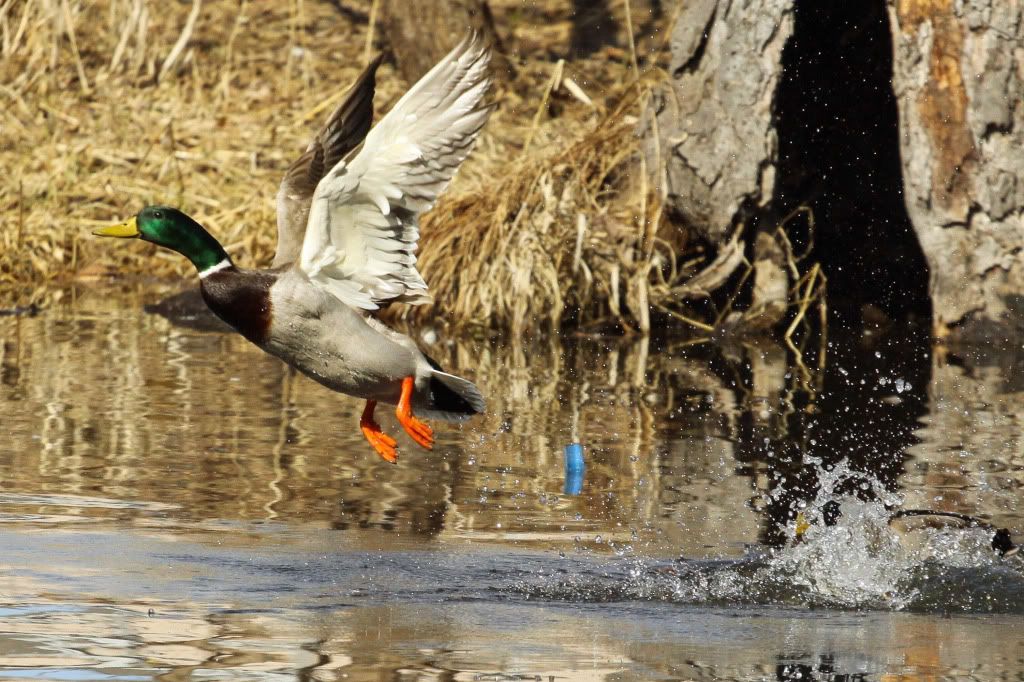
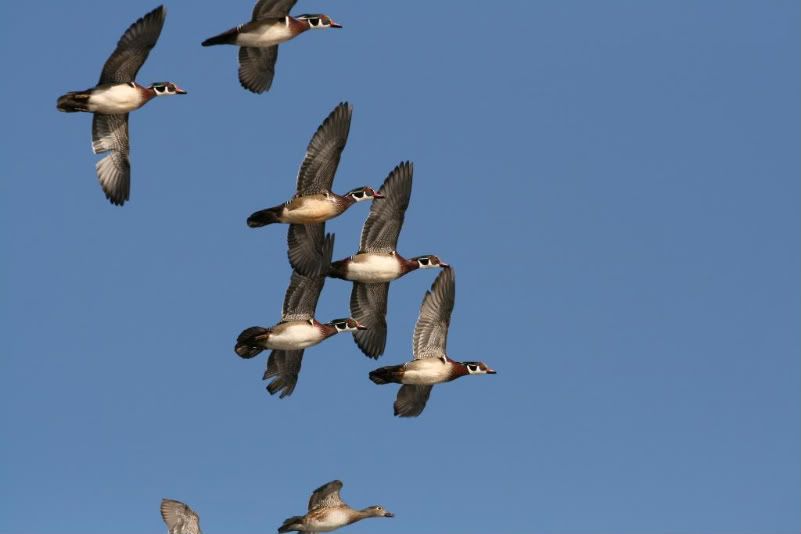

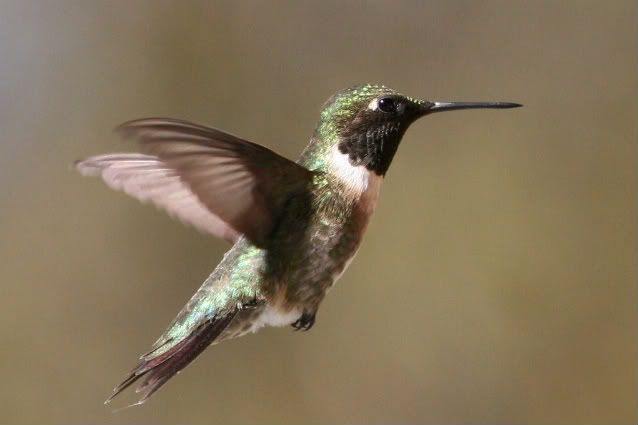
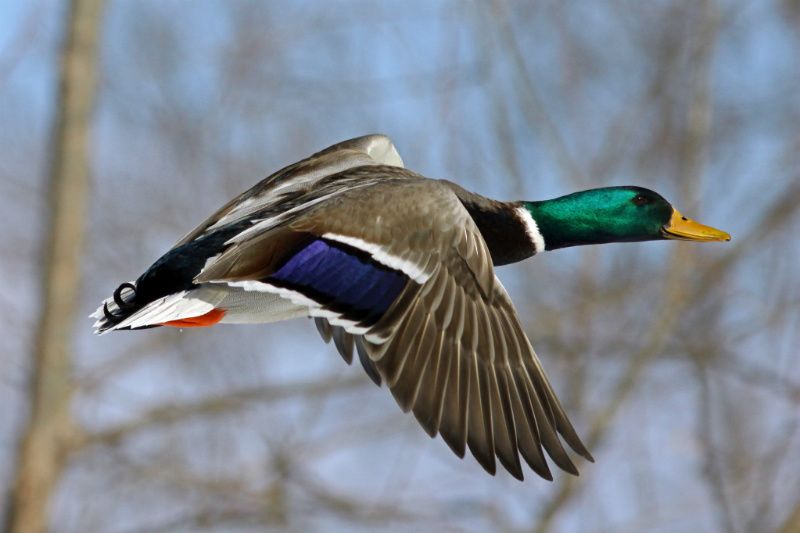
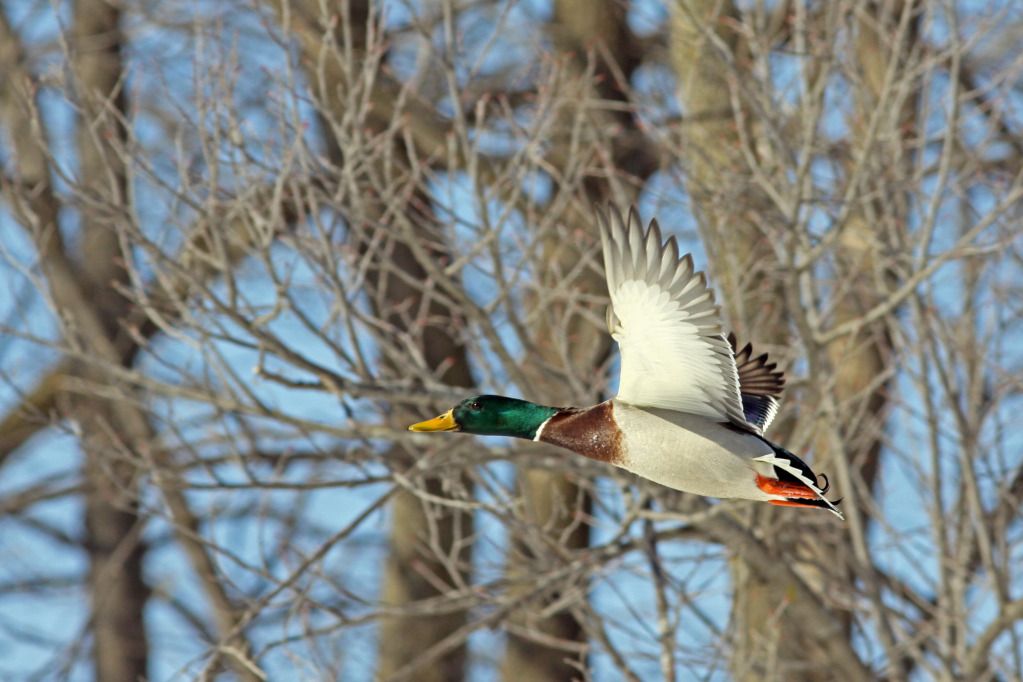
Here are a few BIF with the 70-200 F/4 and I don't believe any of them were with a 1.4X attached.






-
?
-
?
-
?
-
?
-
?
-
?
-
?
-
?
-
?
-
?
-
?
-
?
-
?
-
?
-
?
-
?
-
?
-
?
-
?
-
?
- posts
- 1.5M
- members
- 36K
- Since
- 2003
A forum community dedicated to retriever owners and enthusiasts. Come join the discussion about breeding, training, health, behavior, housing, adopting, care, classifieds, and more!

